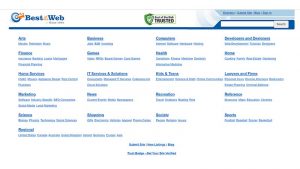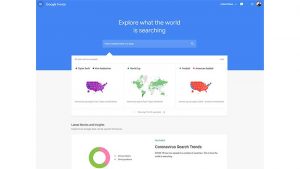SEARCH MARKETING
How will the Future of Search and Navigation Looks Like?
The number of users and searches is growing fast and the near and far future of search and navigation is being designed now.
For many of us, the portal to the rest of the internet begins with a search. Whether it’s a random trivia hunt or detailed dive, our quest for information most often relies on a search engine of some sort.
In July 2020 alone, Verizon Media processed 2.23 billion searches in the United States. Search isn’t an online luxury, it’s a digital necessity. While Google dominates, many are keen to see a change of the guard. If search is a must-have, this generation of internet users has some key requirements that other tech companies and upstarts are fulfilling.
Mobile-First for the Smartphone Generation
Many of the search engines we use today emerged in an era before the explosive adoption of smartphones, but innovators like Huawei are centering the mobile experience as a priority. The tech company recently launched Petal Search, a mobile-first search engine app for Huawei and Android devices.
Our search experiences shape our online experience and how we digest information, so it’s fitting that Huawei’s recent innovations in the mobile arena connect with its latest search app. The company’s positioning as a tangible alternative to mobile brands is made evident by its commitment to developing technology for a global audience.
Their native apps like Petal Search promise “an enhanced digital lifestyle experience” for the modern consumer. For Huawei, this means creating a mobile-centric experience.
As Dr Jaime Gonzalo, VP of Huawei Consumer Mobile Services Europe explains to The Next Web, “Using a smartphone means that you expect a personal, quick action and instant-response experience, therefore a search engine has to make it easy for users to enter the query.”
Read more here.
[optin-monster slug=”em8z7q6hga9elmy1dbgb”]






